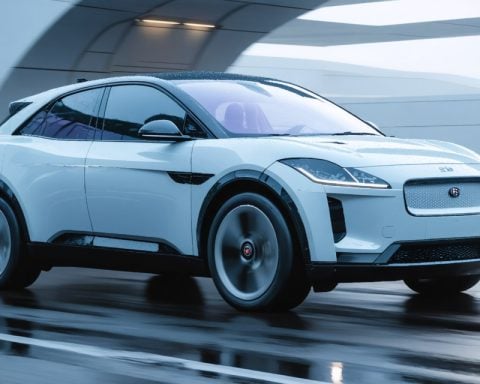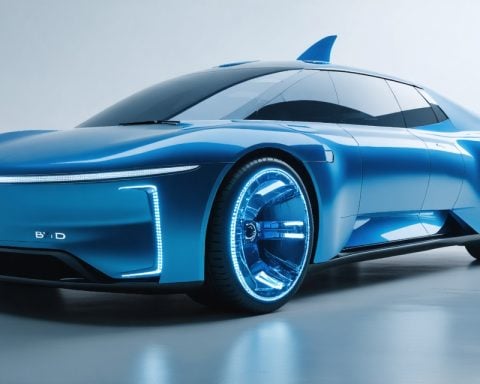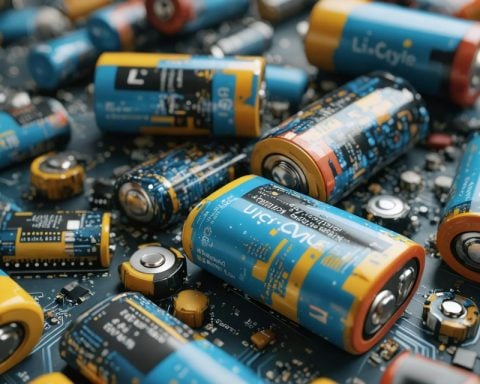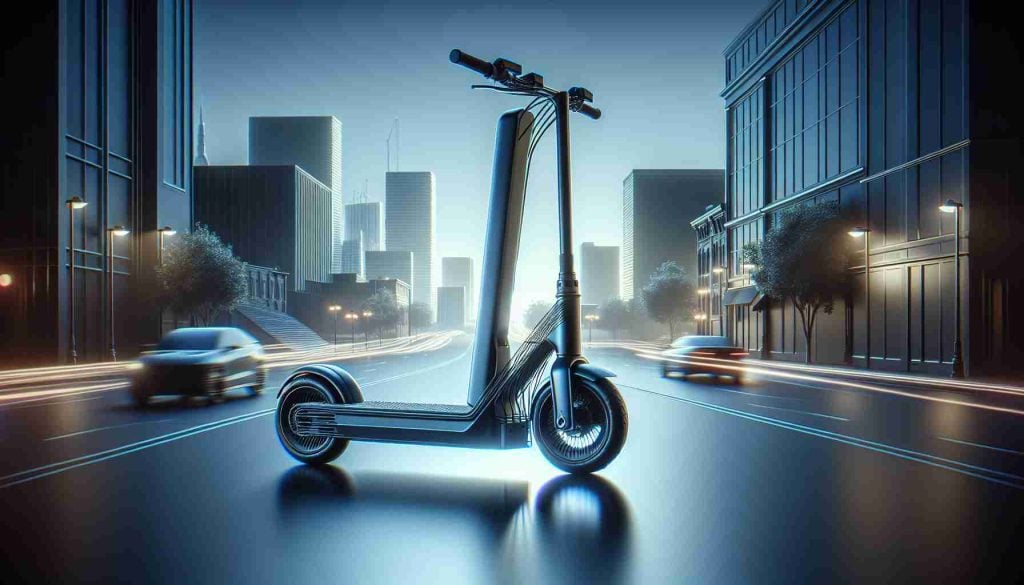- New York City plans to install 267 fast-charging stations for electric vehicles by 2027 across all five boroughs.
- Bronx will receive 20 new charging stalls in Port Morris, enhancing accessibility for residents.
- Funded by a $60 million investment from NY Green Bank and managed by Revel, this project supports a greener NYC.
- Maspeth in Queens will feature the largest EV charging hub in the Northeast with 60 stalls.
- LaGuardia and JFK airports will add 44 and 24 charging stations respectively for continuous traveler support.
- New 320-kilowatt chargers will allow electric vehicles to charge in just 15 minutes.
- Revel aims to launch the new JFK charging hub by early 2025, ensuring 24/7 charging availability.
Ready to spark an electric revolution? New York City is gearing up to make EV owners smile with the addition of a dazzling array of fast-charging stations. By 2027, the city is set to power up with 267 new fast-charging stations sprinkled across strategic spots in all five boroughs. In a major boost for Bronx residents, 20 new stalls will illuminate the Port Morris area, part of a sweeping plan to electrify the city’s transportation grid.
Orchestrated by the NY Green Bank’s bold $60 million investment and executed by EV charging powerhouse Revel, this transformation is turbocharging New York’s green future. Not just a grid update, but a thrilling leap towards cleaner city air. Bronx residents will soon find their switch to electric more accessible and convenient, aligning perfectly with a broader push to curb emissions.
Look out, Queens—Maspeth will soon boast the crown jewel with 60 high-octane charging stalls, the largest in the Northeast. Meanwhile, both LaGuardia and JFK airports will welcome motorists with 44 and 24 chargers respectively, guaranteed to keep the wheels of travel moving non-stop.
Imagine pulling up to a station, only to have your battery surging at full strength in just 15 minutes, thanks to high-speed 320-kilowatt chargers. Ready in a flash for anything the city throws your way. Revel plans its JFK launch by early 2025, ensuring 24/7 availability for all vehicles.
With these new stations, New Yorkers are not just keeping pace—they’re setting it. Whether you’re a rideshare driver or a daily commuter, the new charging network supports an electrifying upgrade to sustainable transport. Get set to plug into the future of urban mobility, right here in the Bronx!
Unlock the Future: NYC’s Massive Push Towards an Electrified Tomorrow
New Charging Stations: Revolutionizing New York’s EV Landscape
By 2027, New York City will unveil 267 new fast-charging stations, strategically located throughout all five boroughs. This infrastructure development aims to facilitate the growing demand for electric vehicles (EVs) and promote cleaner air by reducing vehicle emissions. With significant additions in the Bronx, Queens, and at major airports, NYC is making EV ownership more convenient and accessible.
Key Features and Innovations
– High-speed Chargers: These stations will be equipped with 320-kilowatt chargers, capable of recharging EVs in just 15 minutes. This rapid charging capability is pivotal for drivers looking to minimize downtime.
– Strategic Locations: The largest station is set for Maspeth, Queens, with 60 stalls, positioning it as the biggest fast-charging site in the Northeast. Similarly, LaGuardia and JFK airports will serve as hubs with 44 and 24 chargers respectively.
– 24/7 Availability: Ensures continuous service to accommodate the city’s dynamic lifestyle and dense commuter traffic, especially in critical transit areas like airports.
Pros and Cons of NYC’s EV Charging Rollout
Pros:
– Convenience and Efficiency: Positioning chargers in key areas saves time for drivers who can recharge swiftly and get back on the road.
– Environmental Impact: By 2027, the increased EV adoption, augmented by this infrastructure, could significantly reduce the city’s carbon footprint.
– Economic Incentives: Supports local economy with job creation through installation and maintenance of these facilities.
Cons:
– Initial Cost: Despite the long-term benefits, the upfront capital required for the installation of these stations can be substantial.
– Grid Strain: Such a large influx of rapid charging points could initially challenge existing electrical grid capacities and demand strategic grid management.
Market Analysis and Forecast
With the inclusion of these charging stations, New York City positions itself at the forefront of the EV revolution. Analysts predict an increase in EV sales as infrastructure improvements meet consumer demands for convenience and environmental consciousness.
Relevant Use Cases and Benefits
– Rideshare Services: Companies like Uber and Lyft can leverage these stations for their electric fleet, offering faster turnarounds and increased earnings potential.
– Daily Commuters: The network offers peace of mind and cost savings, as drivers capitalize on reduced fuel costs and sustainable energy incentives.
Security and Sustainability Considerations
– Cybersecurity: Ensuring user data protection and preventing unauthorized access to charging network systems is critical as these stations become integral to daily transit.
– Sustainability: This effort aligns with New York’s broader sustainability initiatives to reduce emissions and combat climate change effectively.
Future Predictions
As NYC enhances its fast-charging network, similar metropolitan areas may follow suit, accelerating global adoption of EVs and reshaping urban transport systems. It’s anticipated that these initiatives will lead to policy adjustments, including possible subsidies for EV purchase and home-based charger installations.
For more information on developments in the EV industry and sustainable advancements, visit Revel and NY Green Bank.
















